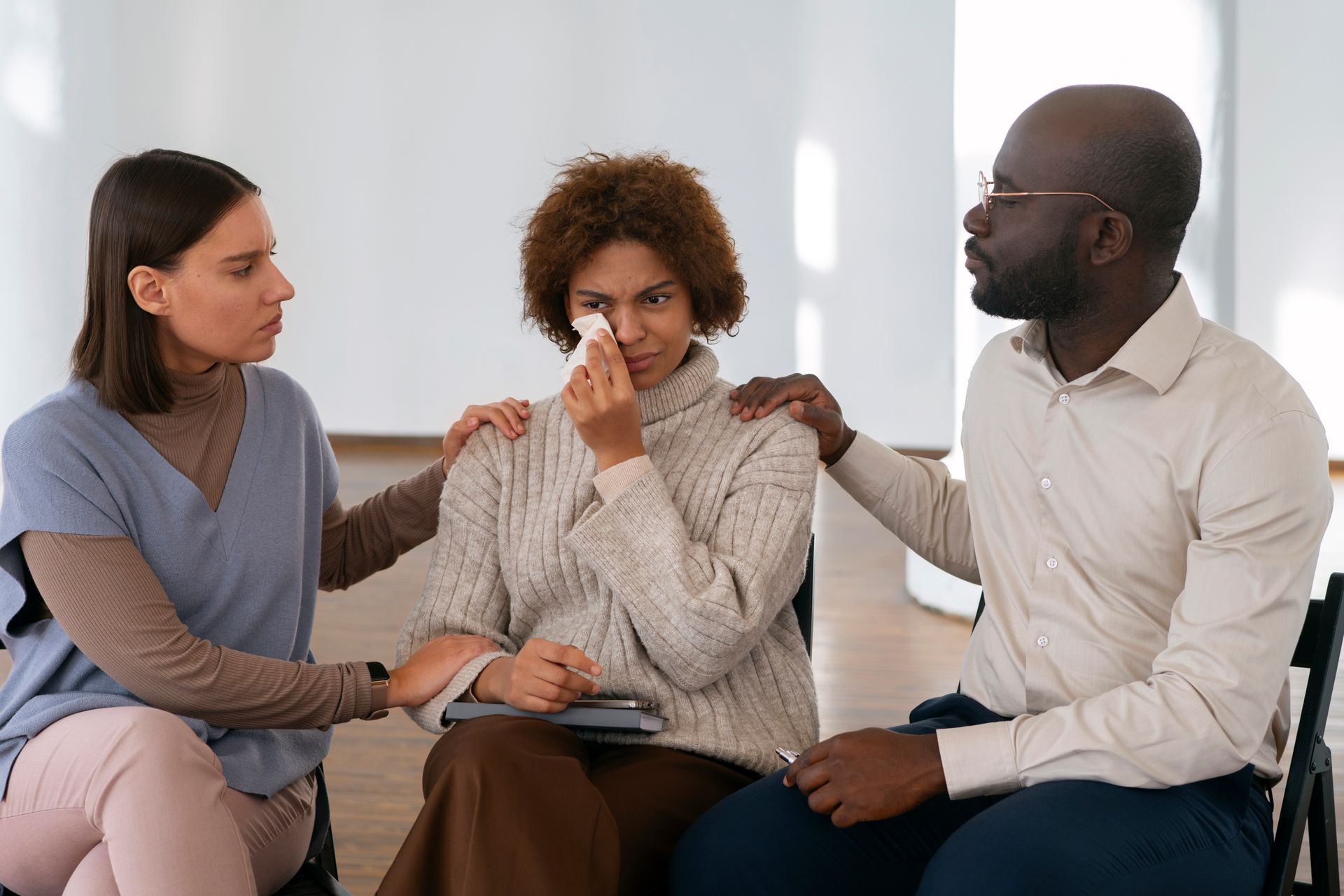Finding Purpose and Calling: Navigating the Heart of Meaningful Living
In a world full of noise and expectations, many people quietly wrestle with a universal question: Why am I here? Whether whispered in moments of solitude or shouted during life’s turning points, this search for purpose and calling is more than abstract—it’s a compass that guides how we live, grow, and contribute.
Defining the Concepts
Though closely related, purpose and calling carry distinct nuances:
- Purpose refers to the broader meaning behind one’s life—an internal sense of significance that shapes values and direction.
- Calling often implies an external pull or mission, something one feels summoned to do based on gifts, passions, or circumstances.
When aligned, they cultivate fulfillment. When absent, they may breed restlessness, confusion, or a sense of disconnection.
Why Purpose Matters
Purpose is not merely a philosophical luxury—it has concrete benefits:
- Enhances emotional resilience during hardship
- Strengthens motivation and goal-setting
- Fosters connection with others through shared values
- Supports mental wellness and self-esteem
Studies in positive psychology consistently show that people with a clear sense of purpose experience greater well-being, stronger relationships, and longer-term satisfaction.
Common Barriers to Finding Purpose
Even with desire, the path can be blocked by:
- Social pressure to conform to others’ expectations
- Fear of failure or uncertainty about one’s abilities
- Trauma or past experiences that limit self-belief
- Overwhelm due to too many interests or unclear priorities
Recognizing these obstacles is the first step to moving through them.
Steps to Discovering Your Purpose and Calling
1. Self-Reflection Ask questions like:
- What moves me emotionally?
- When do I feel most alive?
- What values would I never compromise?
Journaling, meditation, or values-based exercises can reveal patterns.
2. Explore Your Strengths and Passions Purpose often lies at the intersection of:
- What you're good at
- What you love
- What the world needs
Tools like the VIA Character Strengths survey or Ikigai model help map this terrain.
3. Try, Fail, Learn Exploration requires action. Volunteer, take courses, join communities. Through trial and error, clarity grows.
4. Seek Mentorship and Counseling Sometimes, others see our potential more clearly than we do. A mentor or therapist can guide, affirm, and challenge our perspectives.
5. Reframe Calling as Evolutionary Calling is not fixed. It adapts as life unfolds. What feels right today may evolve tomorrow—and that’s not failure, it’s growth.
Purpose Amid Adversity
Remarkably, many find purpose through pain. Loss, hardship, and suffering often strip away surface layers, revealing deeper truths. This process—though difficult—can forge a more profound and resilient sense of direction.
Conclusion
Finding one’s purpose and calling isn’t about arriving at a final answer—it’s about engaging in a lifelong dialogue with your inner self. It’s the art of listening, experimenting, and choosing meaning over mere momentum. When we live with purpose, even the mundane becomes sacred, and our lives echo not just with success, but with significance.
CATEGORIES













